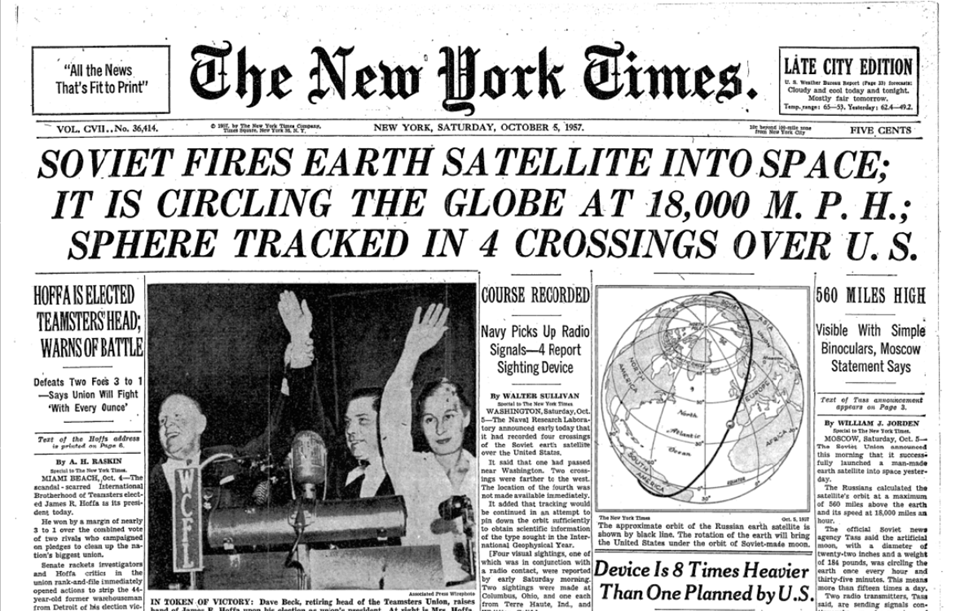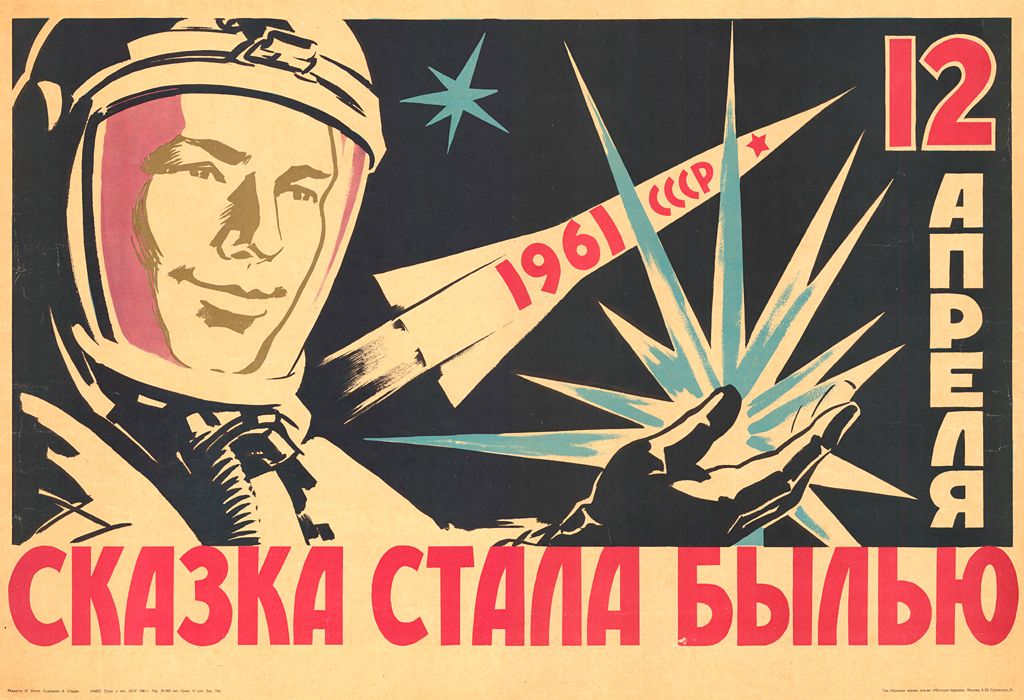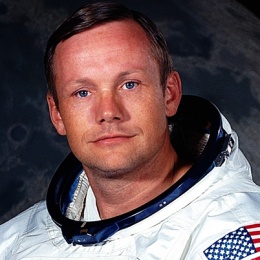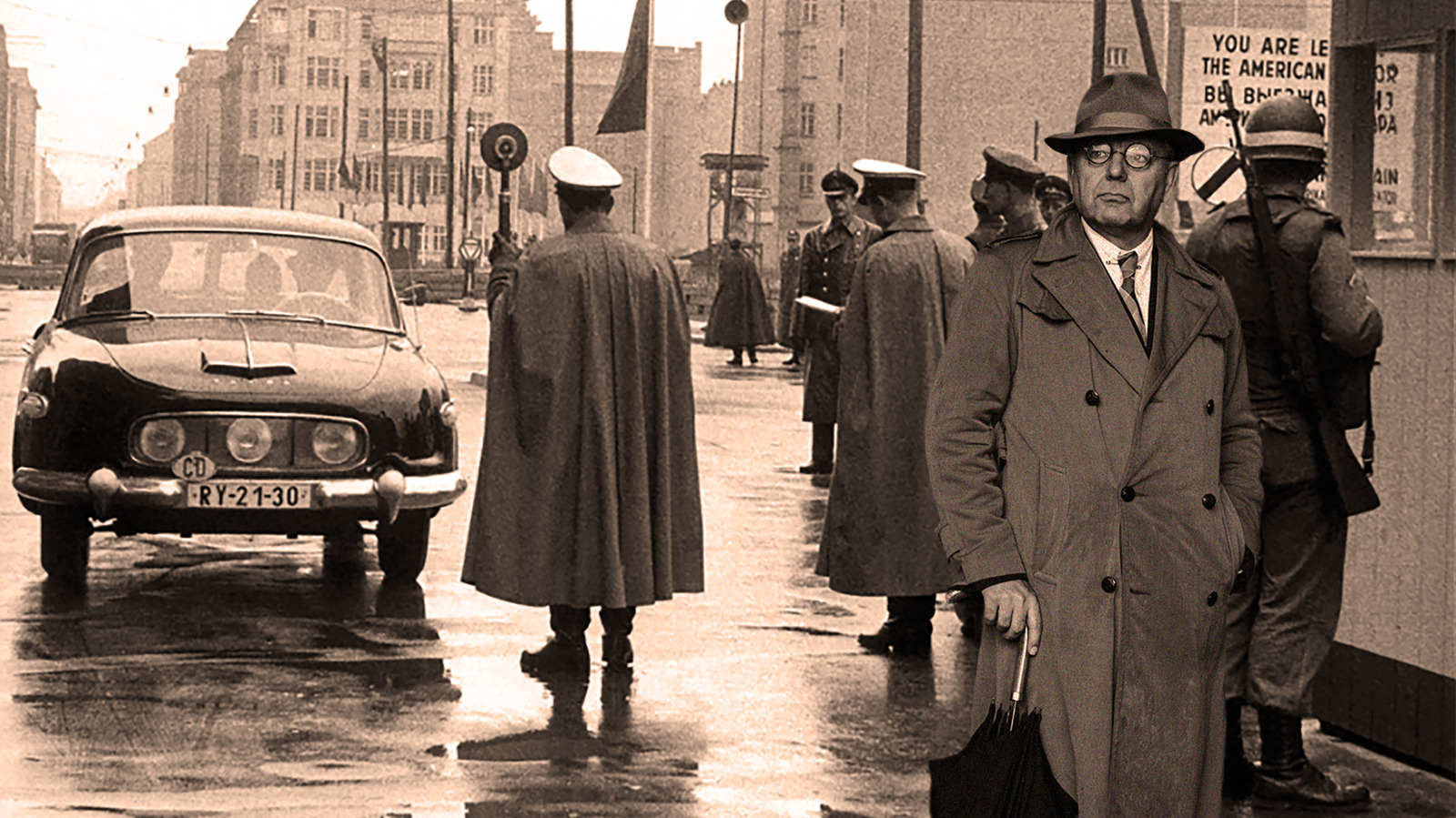The Space Race in the Cold War
During the tense decades of the Cold War, a new kind of rivalry emerged—one that reached beyond Earth’s atmosphere. The Space Race in the Cold War wasn’t just about satellites and rockets; it was a high-stakes contest for technological dominance, ideological supremacy, and global prestige between the United States and the Soviet Union. Starting with the launch of Sputnik in 1957, this cosmic competition ignited a chain of events that shaped science, politics, and culture for generations. But looking back, the question remains—who really won this celestial standoff?

Sputnik Launch (1957): The Cold War’s First Shock in the Space Race
On October 4, 1957, the Soviet Union launched Sputnik 1, the world’s first artificial satellite. This historic event not only marked the beginning of the space age, but also triggered a fierce chapter in the Cold War rivalry between the USSR and the United States.
The launch sent shockwaves through the Western world, especially in the U.S., where it was perceived as a major technological and strategic setback. The small, beeping sphere orbiting the Earth symbolized more than Soviet scientific progress—it raised fears of missile superiority and signaled a clear message: the USSR was capable of reaching space before anyone else.


This milestone ignited what would become known as the Space Race, a competitive struggle not just for celestial milestones, but for global influence, technological dominance, and ideological prestige. It pushed the United States to accelerate its own space efforts, eventually leading to the creation of NASA in 1958.

Yuri Gagarin’s Spaceflight (1961): USSR Claims First Human in Space
On April 12, 1961, Yuri Gagarin became the first human to journey into outer space, aboard the Soviet spacecraft Vostok 1. This momentous achievement gave the USSR another historic lead in the Space Race during the Cold War, reinforcing its image as a dominant space power.

Gagarin’s successful orbit around Earth wasn’t just a scientific triumph—it was a powerful tool of Cold War propaganda. It demonstrated the USSR’s technological reach and intensified pressure on the United States to catch up in space exploration.

For many around the world, Gagarin became a symbol of human potential. But in the U.S., his flight underscored the growing aerospace gap and sparked urgent calls for a stronger national space program. The American response would soon come with Project Mercury and, eventually, a bold declaration from President Kennedy aiming for the Moon.
Kennedy’s 1962 Moon Speech: A Turning Point in the Space Race in the Cold War
On September 12, 1962, President John F. Kennedy delivered a powerful speech at Rice University, declaring America’s ambition to land a man on the Moon before the decade’s end. This moment marked a clear escalation in the Space Race in the Cold War, shifting the competition from Earth orbit to lunar ambition.
Kennedy’s famous line, “We choose to go to the Moon,” became a rallying cry, positioning space exploration as a matter of national pride and global leadership. His speech wasn’t just motivational—it was a direct challenge to the Soviet Union’s early dominance in space.
This bold move symbolized a shift in Cold War strategy, where technological supremacy became just as important as military might. It also secured major investments in NASA and the Apollo program, setting the stage for the Moon landing just seven years later.
Apollo 11 Moon Landing: The Peak of the Space Race in the Cold War
On July 20, 1969, the United States achieved what was once considered science fiction: Apollo 11 successfully landed on the Moon, and Neil Armstrong became the first human to walk on its surface. This historic feat marked the culmination of the Space Race in the Cold War, dealing a symbolic blow to the Soviet Union’s space dominance.


The televised Moon landing captivated millions worldwide and solidified America’s reputation as a technological superpower. It wasn’t just a scientific achievement—it was a global statement of ideological and strategic supremacy during a time of intense geopolitical tension.
The phrase “That’s one small step for man, one giant leap for mankind” echoed far beyond the Moon’s surface. It represented the culmination of years of rivalry, innovation, and national ambition, showing that space had become the ultimate frontier in Cold War competition.
Did Anyone Truly Win the Space Race in the Cold War?
While the United States was the first to land a man on the Moon, the question remains: Did anyone truly win the Space Race in the Cold War? The Soviet Union had its own groundbreaking successes—Sputnik, Laika, and the first human in space, Yuri Gagarin. These milestones proved the USSR’s scientific and technological might in the early stages of the race.
However, as the 1970s approached, the intense rivalry began to cool. The Cold War continued, but the fierce space rivalry evolved into cooperation. Missions like Apollo-Soyuz hinted at a shift from competition to cautious collaboration.

Who Really Won Then?
In hindsight, this intellectual battle wasn’t just about victory. It was about progress, ambition, and pushing the limits of what humanity could achieve. Both superpowers invested billions in science and exploration, laying the groundwork for the technology and space programs we rely on today.
Rather than declaring a clear winner, perhaps the real victory was for humanity itself—launching not just rockets, but a future beyond Earth.




